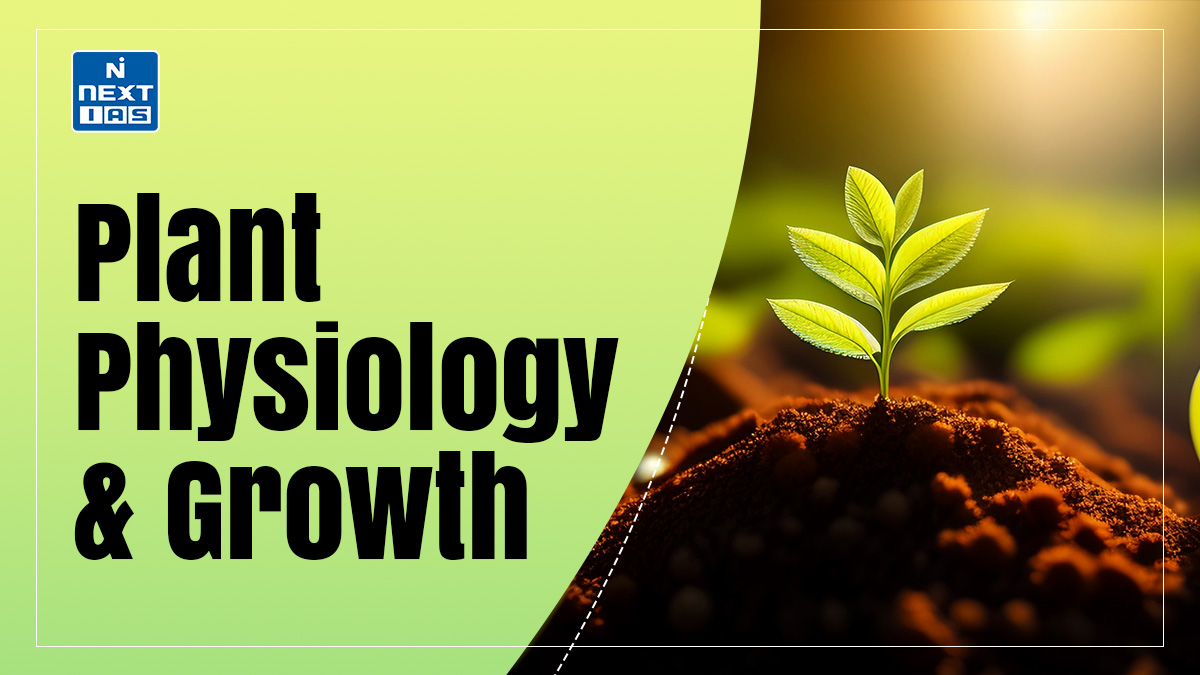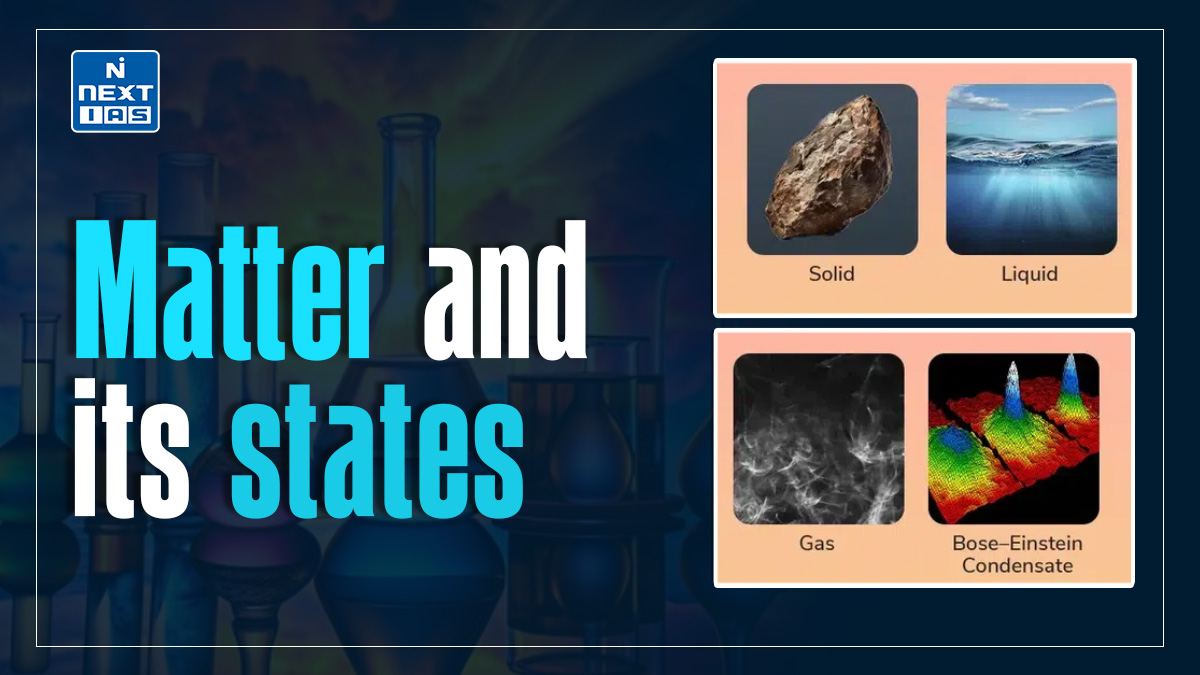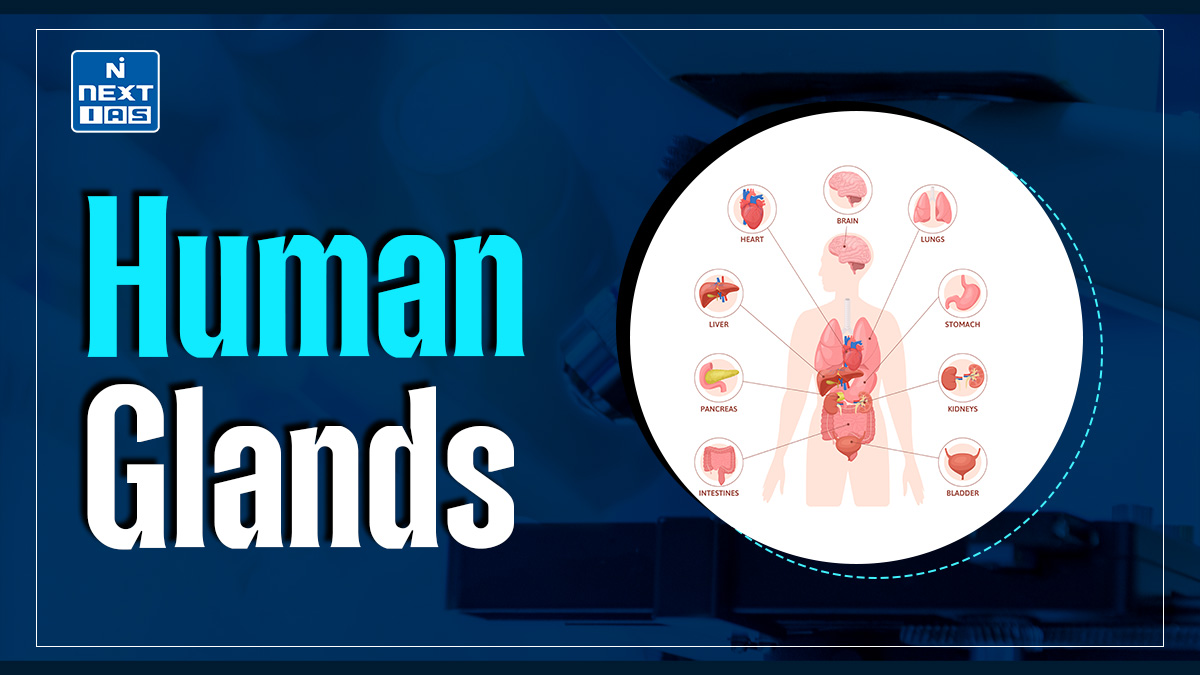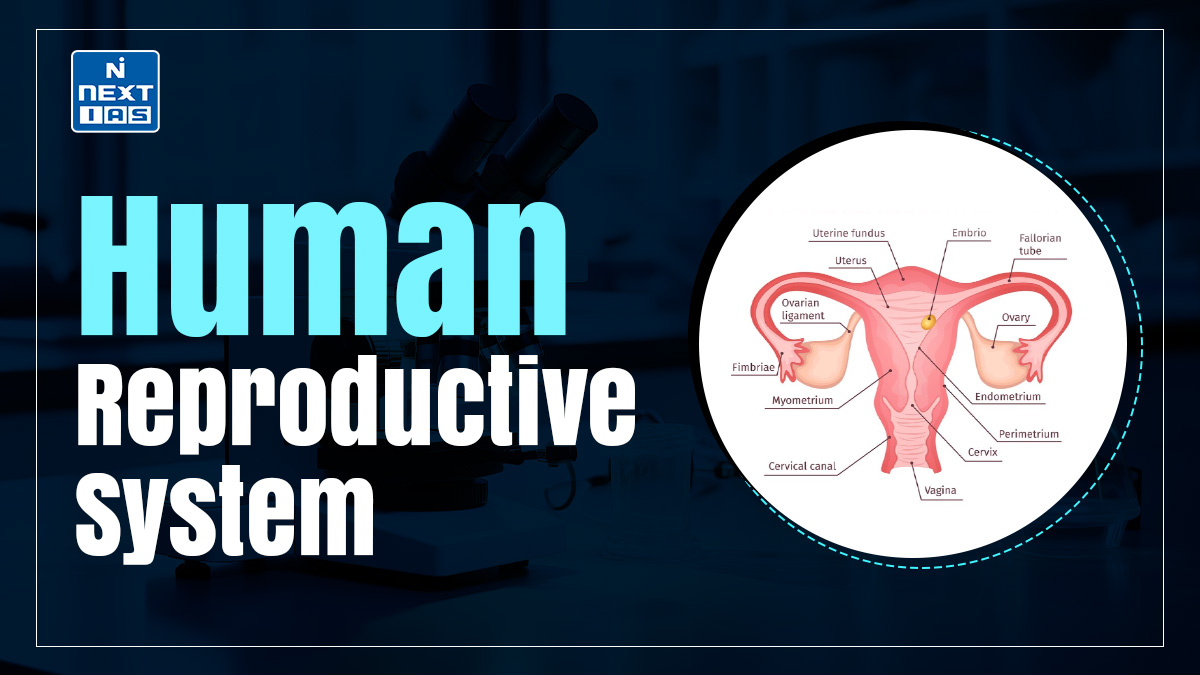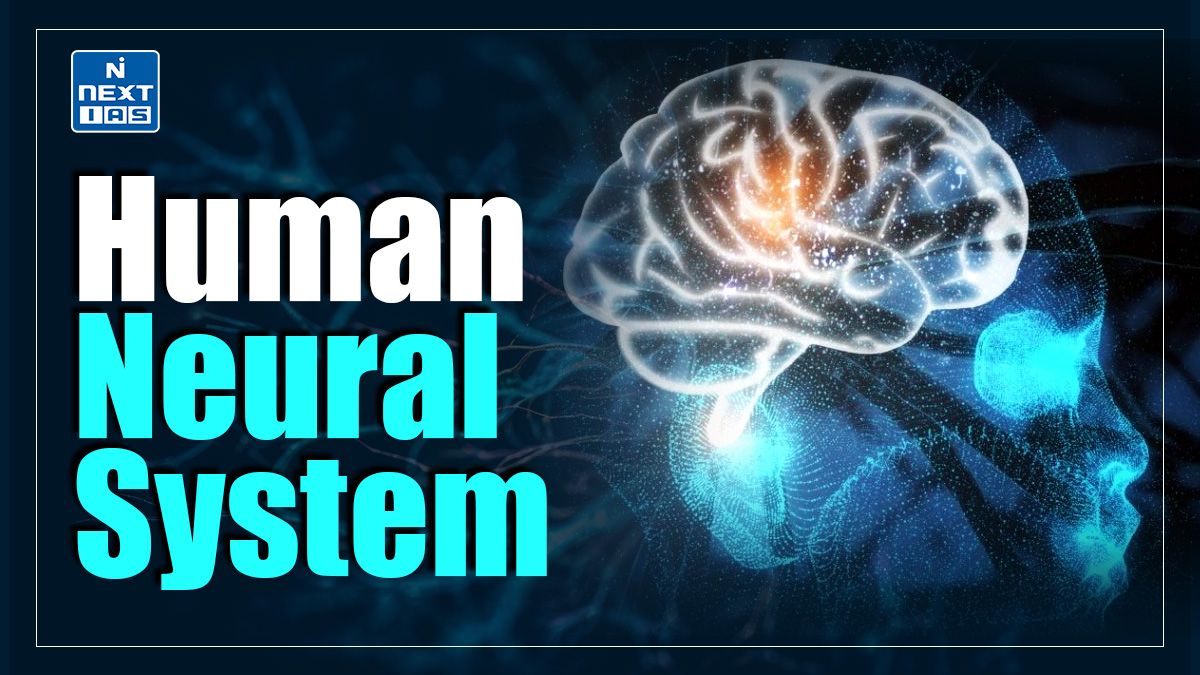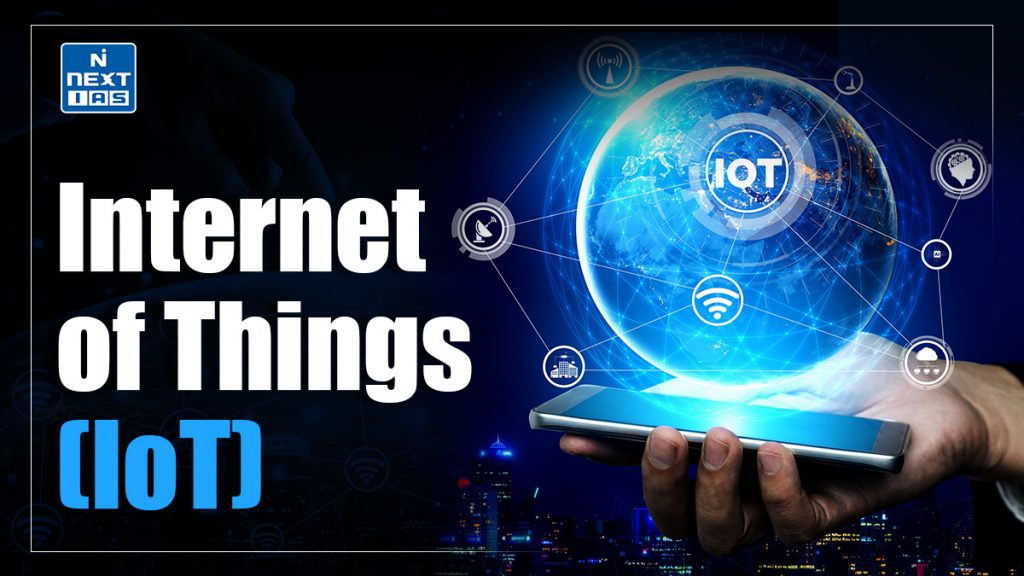
The Internet of Things (IoT) connects physical devices to the internet, enabling them to collect, share, and analyze data. IoT enhances efficiency, automation, and decision-making across industries, from smart homes and cities to healthcare and manufacturing, revolutionizing modern life.
What is Internet of Things (IoT)?
- It refers to a network of interconnected devices embedded with sensors, software, and connectivity to exchange data with other systems over the internet. These devices, ranging from household gadgets to industrial machines, collect and share real-time data, enabling smarter decisions and automated actions.
- It has transformed various sectors, including healthcare, transportation, agriculture, and energy. Smart homes with connected appliances, wearable health monitors, and intelligent traffic systems are just a few examples of IoT applications. By integrating devices and systems, IoT improves efficiency, reduces costs, and enhances user experiences.
- However, IoT also presents challenges, such as security vulnerabilities, data privacy concerns, and interoperability issues. As IoT continues to evolve, addressing these challenges is crucial for its sustainable and widespread adoption.
Features of the Internet of Things (IoT)
It has several key features that define its functionality and applications. Here are the primary features:
- Connectivity
- IoT devices connect to networks (Wi-Fi, Bluetooth, cellular, etc.) for data exchange between devices and central systems.
- Sensing
- Sensors embedded in IoT devices collect data from the environment, such as temperature, humidity, motion, or light, enabling informed decision-making.
- Automation
- IoT enables automation by allowing devices to perform actions or send alerts without human intervention, improving efficiency.
- Data Analytics
- IoT systems analyze large volumes of data collected from devices to extract insights and enable predictive actions.
- Scalability
- It supports a vast number of connected devices, making it adaptable for small and large-scale applications.
- Interactivity
- Users can interact with IoT devices via mobile apps, web interfaces, or voice commands for control and monitoring.
- Artificial Intelligence Integration
- IoT often integrates AI for smarter decision-making, enabling adaptive and predictive functionalities.
- Energy Efficiency
- IoT devices are designed for optimized power consumption, often using low-power hardware and energy-saving protocols.
- Real-Time Operation
- IoT provides real-time monitoring and updates, enabling immediate responses to changes or issues.
- Security and Privacy
- Secure communication protocols and encryption ensure data integrity and confidentiality in IoT systems.
Applications of the Internet of Things (IoT)
It has diverse applications across industries, improving efficiency, convenience, and innovation. Here are key applications:
- Smart Homes
- Home automation systems control lighting, security cameras, thermostats, and appliances (e.g., smart speakers, smart locks).
- Examples: Amazon Alexa, Google Nest.
- Healthcare
- Wearable devices monitor health metrics like heart rate, blood pressure, and glucose levels.
- Remote patient monitoring and telemedicine enhance healthcare delivery.
- Examples: Fitbit, smart insulin pumps.
- Industrial IoT (IIoT)
- Sensors track machinery performance, predict maintenance needs, and optimize operations.
- Applications include manufacturing, supply chain management, and logistics.
- Smart Cities
- It supports traffic management, waste collection, energy-efficient streetlights, and air quality monitoring.
- Examples: Smart parking systems, pollution monitoring.
- Agriculture
- It enabled sensors monitor soil conditions, weather, and crop health for precision farming.
- Automated irrigation systems optimize water use.
- Transportation and Logistics
- It tracks vehicle location, monitors fleet performance, and enhances supply chain visibility.
- Examples: GPS tracking, autonomous vehicles.
- Retail
- Smart shelves, inventory management, and personalized customer experiences using IoT beacons.
- Energy Management
- Smart meters and IoT-enabled grids optimize energy consumption and distribution.
- Examples: Solar energy monitoring systems.
- Environmental Monitoring
- IoT devices track climate conditions, pollution levels, and natural disaster predictions.
- Smart Wearables
- IoT powers fitness trackers, smartwatches, and AR/VR devices for enhanced user experiences.
IoT’s versatility continues to expand, driving innovation across all sectors.
Examples of IoT
Here are some notable examples of Internet of Things (IoT) devices and systems across various domains:
Smart Home Devices
- Amazon Echo (with Alexa): Voice-activated assistant for controlling smart home devices.
- Google Nest Thermostat: Adjusts home temperature intelligently to save energy.
- Philips Hue Smart Bulbs: Wireless lighting system controllable via app or voice commands.
- Ring Video Doorbell: Provides remote access to video feeds and two-way communication.
Healthcare IoT
- Fitbit: Wearable device for tracking fitness metrics like steps, heart rate, and sleep.
- Medtronic Smart Insulin Pumps: Monitors glucose levels and delivers insulin automatically.
- AliveCor KardiaMobile: Portable ECG device for heart health monitoring.
Industrial IoT (IIoT)
- GE Predix: Platform for analyzing data in industrial settings like factories and power plants.
- Siemens MindSphere: IoT operating system for optimizing industrial operations.
Transportation
- Tesla Autopilot: Semi-autonomous driving system powered by IoT sensors and AI.
- UPS Orion: Route optimization system for delivery trucks, improving efficiency.
Agriculture
- John Deere Precision Agriculture: Uses IoT sensors for soil monitoring and equipment management.
- Netafim Smart Irrigation Systems: Automates water usage based on real-time soil conditions.
Smart Cities
- Smart Traffic Lights: Sensors and cameras adjust traffic signals in real-time.
- Bigbelly Smart Waste Bins: Notify authorities when bins are full, optimizing waste collection.
Retail
- Amazon Go Stores: IoT sensors enable cashier-less shopping experiences.
- Zebra Smart Shelves: Monitor inventory levels and alert staff for replenishment.
Energy Management
- Tesla Powerwall: Smart energy storage system that integrates with solar panels.
- Nest Smart Meters: Track and optimize household energy consumption.
Environmental Monitoring
- AirVisual Pro: Monitors air quality and provides real-time updates.
- Smart Water Monitoring Systems: Track water usage and detect leaks in urban settings.
These examples highlight IoT’s vast and growing influence across industries and everyday life.
Way Forward
The way forward for IoT involves enhancing device interoperability, ensuring robust security, and addressing data privacy concerns. Advancements in AI and edge computing will empower IoT with smarter, real-time decision-making capabilities.
Focus on sustainable IoT solutions, such as energy-efficient devices and green technologies, will support global environmental goals. Expanding 5G networks and standardization will further accelerate IoT adoption, driving innovation across industries and improving quality of life worldwide.
Conclusion
It revolutionizes how devices interact, enabling smarter decisions, improved efficiency, and automation across industries. While offering immense benefits, it also poses challenges like security and privacy concerns. Addressing these issues is vital for IoT’s sustainable growth, shaping a connected, intelligent, and efficient future.
GS - 3